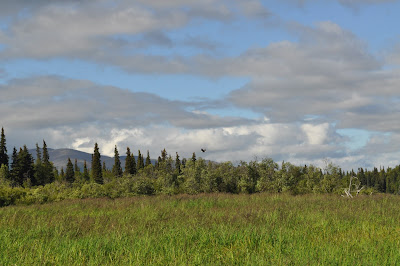Rumps, Jeanne M., Stephen L. Katz, Katie Barnas, Mark D. Morehead, Robin Jenkinson, Stephen R. Clayton, and Peter Goodwin. 2007. "Stream Restoration in the Pacific Northwest: Analysis of Interviews with Project Managers". Restoration Ecology. 15 (3): 506-515.
This article is as a “whistle blower” for the suspicion that many restoration projects are described as successful, despite an absence of defined success criteria in the project implementation. The article gives an introduction to the topic of monitoring – or lack-thereof - of restoration projects, and implicitly warns that the sample group is representative of other projects nationally. The punch line is that although 70% of respondents reported completely successful projects, only 12% based their success on habitat or ecological measurements. Most perceptions of success were based on subjective impressions – visual monitoring. Project Managers on stream projects in the Pacific Northwest were surveyed by telephone about their projects. Respondent profile was therefore questionable, regarding respondents’ availability or desire to talk on the phone. Survey answers were subjective in nature, and are from between 1996 to 2002 (I am unsure whether these findings would now be deemed as dated for this industry). For me, even with the much-welcomed graphics, the article was unnecessarily long. I am unsure the extent that this type of article is stating the obvious, is revealing a well-kept secret, or is sensationalizing a topic that is actively being worked and improved on.




